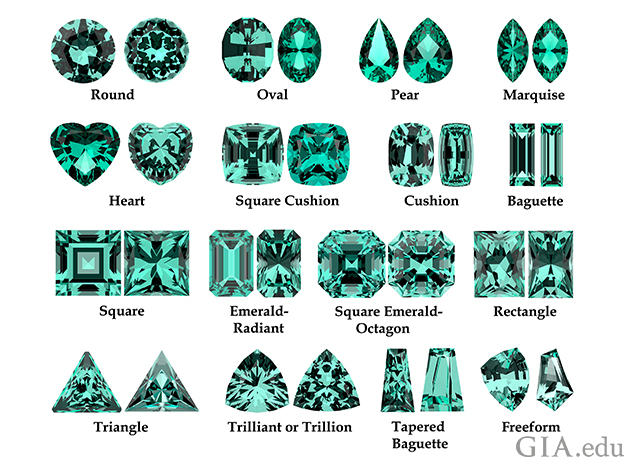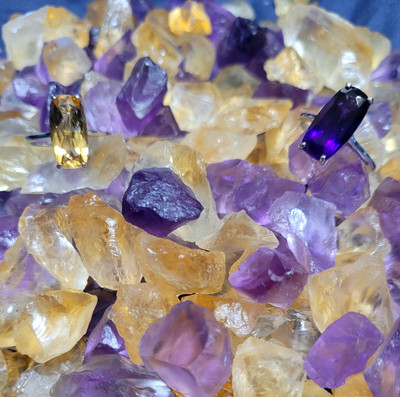How a piece of rough is turned into a gemstone
Gallery Gems on 14th Jul 2023
Introduction
Gemstones have fascinated humans for centuries. These stunning and precious stones have been prized for their beauty and rarity since ancient times. But have you ever wondered how a rough piece of stone is transformed into a dazzling gemstone? In this article, we will explore the art of lapidary cutting and the process of turning a rough stone into a breathtaking gemstone.
Lapidary Cutting: The History and Skill Behind Gemstone Creation
Lapidary cutting, also known as lapidary art, is the process of shaping and polishing gemstones. This ancient craft dates back thousands of years, with evidence of early lapidary work found in ancient Egyptian, Greek, Roman, and Chinese civilizations.
The art of lapidary cutting requires skill, precision, and an in-depth knowledge of gemstones. Lapidaries, the artisans who practice this craft, must carefully study the different physical and optical properties of gemstones to bring out their optimal beauty.
Common Cuts: Enhancing the Beauty of Gemstones
One of the primary goals of lapidary cutting is to enhance the inherent beauty of gemstones. Different cuts can dramatically change the appearance of a gemstone, allowing it to reflect light in unique ways and display its color and clarity to their fullest.
Some of the most common cuts used in lapidary cutting include:
- Round Brilliant Cut: This classic cut maximizes a gemstone's brilliance and fire by utilizing multiple facets to reflect and refract light.
- Princess Cut: A square or rectangular cut with sharp corners and brilliant facets that create a high level of sparkle.
- Oval Cut: This elongated cut showcases a gemstone's color and clarity while creating a classic and elegant appearance.
- Emerald Cut: A step-cut design that emphasizes a gemstone's clarity and provides a sophisticated and vintage look.
Difficult Cuts: Pushing the Boundaries of Lapidary Art
While common cuts are widely used in lapidary cutting, skilled lapidaries also push the boundaries of this art by creating unique and challenging cuts. These difficult cuts require exceptional skill and expertise to achieve.
Some examples of difficult cuts include:
- Rose Cut: This antique cut features a flat base with a domed top covered in triangular facets. It creates a stunning, romantic appearance.
- Fantasy Cut: As the name suggests, this cut allows lapidaries to use their imagination and creativity to create unconventional and artistic designs with a multitude of facets.
- Barion Cut: This complex cut combines step-cut and brilliant-cut facets to create a gemstone with exceptional brilliance and fire.
Unique Facets: Adding Character to Gemstones
In addition to cuts, lapidaries can also create unique facets on gemstones to add character and enhance their overall beauty. These facets can include:
- Star Facets: These reflective facets create a star-like effect on gemstones, giving them a mesmerizing and ethereal appearance.
- Checkerboard Facets: These square or rectangular facets add texture and depth to gemstones, creating a captivating and eye-catching effect.
- Portuguese Cut Facets: This intricate cut features a mix of step-cut and brilliant-cut facets, resulting in a gemstone with exceptional sparkle and brilliance.
Conclusion
Lapidary cutting is an art form that transforms rough stones into breathtaking gemstones. With their skill, expertise, and careful craftsmanship, lapidaries shape and polish gemstones to reveal their inherent beauty. From common cuts that maximize brilliance to unique and challenging cuts that push the boundaries of what is possible, lapidaries create gemstones that are truly one-of-a-kind. The next time you admire a beautiful gemstone, take a moment to appreciate the skill and artistry that went into turning a rough piece into a dazzling treasure.

